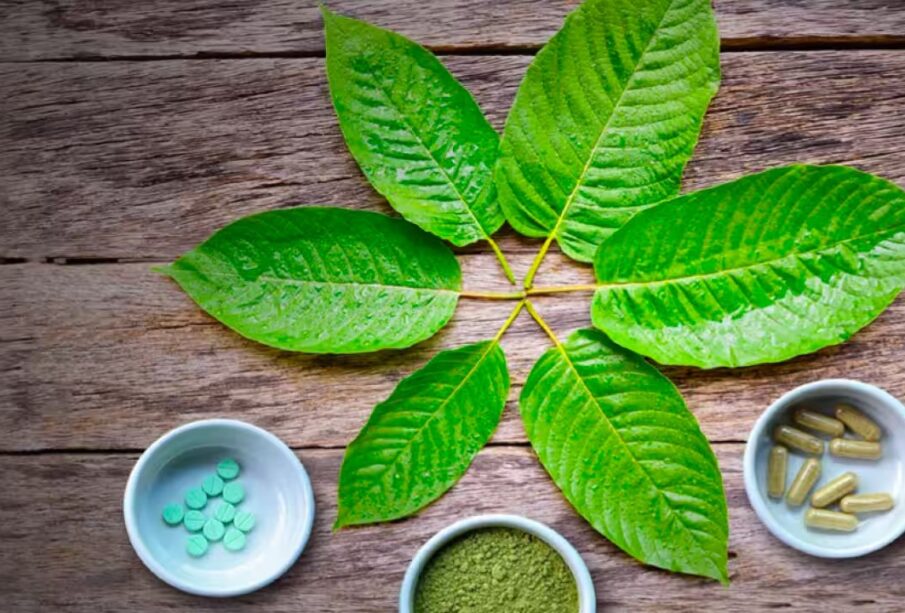Kratom Unveiled: Exploring Its Cultural and Historical Significance

Delve into the rich tapestry of kratom’s cultural and historical significance as we unveil the secrets of this botanical treasure from Southeast Asia. In this exploration, we journey through time and space to uncover the deep-rooted traditions, rituals, and beliefs that have shaped kratom’s identity and legacy.
Roots in Tradition:
Kratom’s story begins in the verdant forests of Southeast Asia, where it has been revered for centuries by indigenous communities for its multifaceted properties and cultural significance. From the emerald hills of Thailand to the lush jungles of Indonesia, kratom has played a central role in the daily lives, traditions, and customs of these vibrant cultures.
Ancient Rituals and Practices:
In its native habitats, kratom has been woven into the fabric of daily life, serving as a sacred botanical ally for a myriad of purposes. Traditionally consumed as a tea or chewed raw, kratom’s leaves have been used in spiritual ceremonies, social gatherings, and traditional medicine practices. From enhancing mood and promoting relaxation to providing relief for discomfort, kratom has been celebrated for its ability to nurture balance and harmony within the body, mind, and spirit.
Sacred Symbolism and Beliefs:
Kratom holds a special place in the hearts and minds of Southeast Asian communities, where it is revered as a symbol of connection to nature, ancestral wisdom, and spiritual enlightenment. In traditional folklore and Happy Go Leafy, kratom is often associated with tales of healing, transformation, and divine intervention, embodying the essence of reverence, respect, and gratitude for the natural world.
Historical Perspectives:
Throughout history, kratom has traversed the realms of trade, exploration, and colonization, leaving an indelible mark on the cultural landscape of Southeast Asia and beyond. From ancient maritime routes to colonial plantations, kratom’s journey reflects the dynamic interplay of cultures, economies, and ideologies that have shaped its evolution and dissemination across the globe.
Modern Reverence and Renewal:
In the contemporary era, kratom continues to inspire awe and fascination among enthusiasts, researchers, and wellness seekers alike. As interest in holistic health, natural remedies, and cultural heritage grows, kratom stands as a beacon of tradition, resilience, and renewal, inviting individuals to reconnect with the timeless wisdom of the natural world and embrace the profound potential for healing, growth, and transformation.
Conclusion:
As we unveil the cultural and historical significance of kratom, we are reminded of its enduring legacy as a sacred botanical ally cherished by generations past and present. From ancient rituals and sacred practices to modern reverence and renewal, kratom invites us to embark on a journey of discovery, connection, and appreciation for the rich tapestry of traditions, beliefs, and experiences that have shaped its identity and significance throughout the ages.










